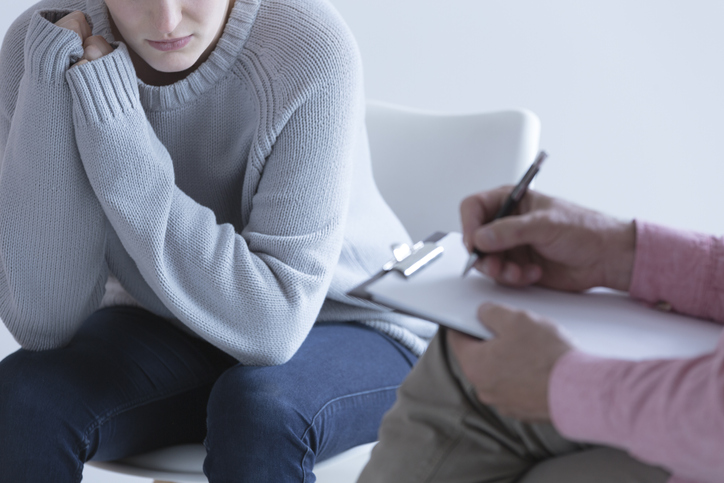If you harm yourself when feeling stressed, you are in a vicious cycle and deserve to feel better.
Harming yourself when feeling sad, lonely, depressed, etc is a dangerous phenomenon in teens. No matter how relieved one feels after harming themselves, remember you deserve to feel better and you can feel better without harming yourself. Know about self-harm, its consequences and how to overcome it.
What is self-harm?
To many people, self-harm is a way of dealing with emotional pain and stress. It helps them in expressing their feelings they can’t put into words, release emotional pain and distract from what’s causing them trouble. They feel relieved after harming themselves and return to doing the same when they feel hurt again forming a continuous cycle.
Several forms of self-harm include:
- Severely cutting your skin
- Burning yourself
- Banging your Head or hitting yourself
- Throwing or punching things
- Intentionally preventing wounds from healing
- Swallowing inappropriate objects or poisonous substances
- Driving recklessly, binge drinking
Consequences of cutting and self-
- The relief that comes from cutting or self-harming is only temporary and creates far more problems than solving it
- Relief is short-lived and followed by other feelings like guilt and shame
- Keeping self-harm as a secret is a tedious task
- You may hurt yourself badly unintentionally
- You can become addictive to self-harm
How to stop cutting and self-harm
1. Find your confidant
If you’re ready to get help for cutting or self-harm, the first step is to confide in another person. It can be scary to talk about the very thing you have worked so hard to hide, but it can also be a huge relief to finally let go of your secret and share what you’re going through.
Find someone whom you can trust with such personal information, someone who won’t gossip behind your back or try to take control over life. When you are talking about self-harming yourself, focus on your feelings and not the situations that led you into doing self-harm. Communicate in the way you are most comfortable with, it could be in person, through telephone, email text, etc.
2. Identify your triggers of self-harm
Try to figure out what leads you to self-harm. It could be sadness, anger, anxiety, shame, emptiness, etc. If you are unable to point your triggers then you need to work on your emotional awareness. How to do it? Start by understanding what emotional awareness it. It is knowing what feelings you are going through and why. Identify what you are feeling from moment to moment and try to understand the connection between your feelings and your actions. If you let them go, emotions and feelings come and go quickly. Only when you obsess over any particular feeling, it persists in your mind.
3. Find new coping techniques
If you want to stop self-harm, you have to also find alternative ways of coping with difficult situations and unpleasant feelings. You could try these:
- Scribble, paint or draw
- Start maintaining a journal to express your feelings
- Write all your negative feelings and then rip the paper up (Jab We Mat style)
- Listen to music
- Take a shower
- Dance, run, jump, whichever you like
- Punch a pillow
- Make some noise by playing an instrument of your choice

